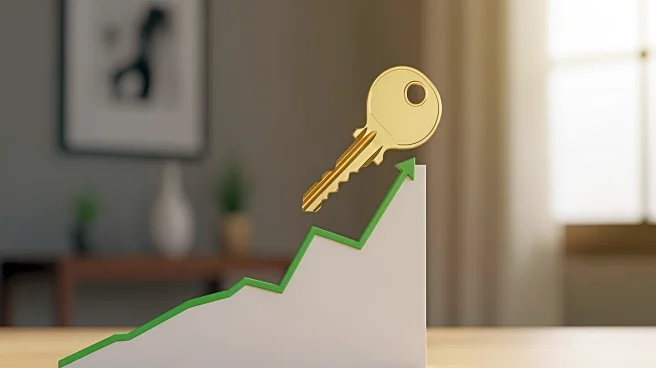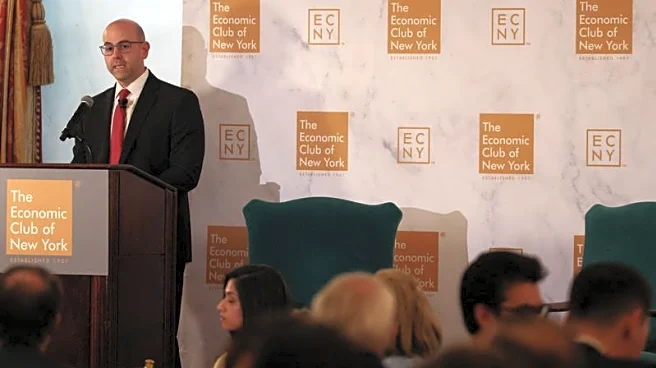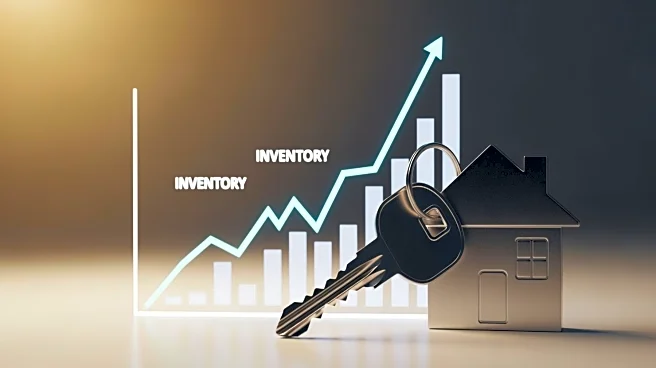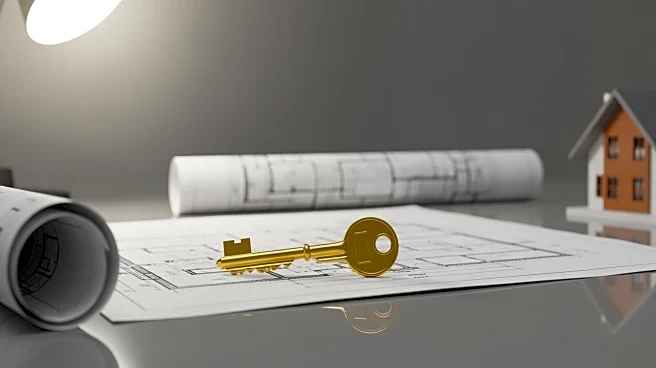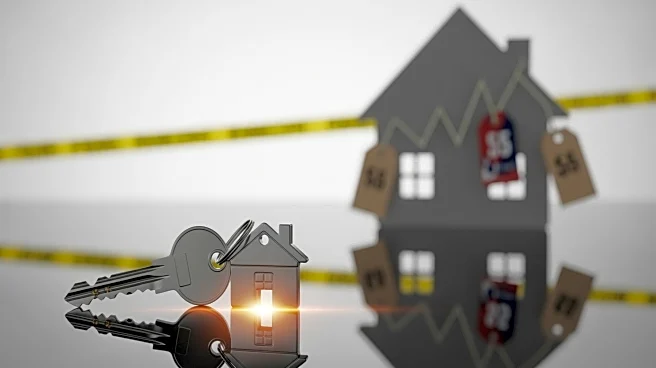What's Happening?
Mortgage rates in the U.S. have increased for the first time in eight months, with average rates on two- and five-year fixed plans rising by 0.02% to 4.98% and 5.02%, respectively. This change is attributed
to volatile swap rates and uncertainties surrounding interest rate forecasts. The rise in rates is expected to affect homeowners looking to remortgage, particularly those coming off five-year fixed deals from historically low rates in 2020. Landlords are also facing challenges due to higher rates, taxes, and regulations, with new landlords becoming scarce in the South.
Why It's Important?
The increase in mortgage rates could have significant implications for the housing market, affecting affordability for homeowners and investment decisions for landlords. Homeowners may face higher monthly payments when remortgaging, potentially straining household budgets. For landlords, the combination of higher rates and regulatory pressures could deter investment in rental properties, impacting the availability of rental housing. These changes could influence housing market dynamics and economic stability.
What's Next?
Stakeholders in the housing market, including homeowners, landlords, and policymakers, will need to navigate the implications of rising mortgage rates. Homeowners may seek cost-effective remortgage options, while landlords might explore investment opportunities in regions with more favorable conditions. The Bank of England's future interest rate decisions will be closely watched, as they could further impact mortgage rates and housing market trends.
Beyond the Headlines
The rise in mortgage rates highlights broader economic challenges, including inflation and interest rate volatility. These factors could influence consumer confidence and spending, with potential ripple effects across various sectors of the economy.



